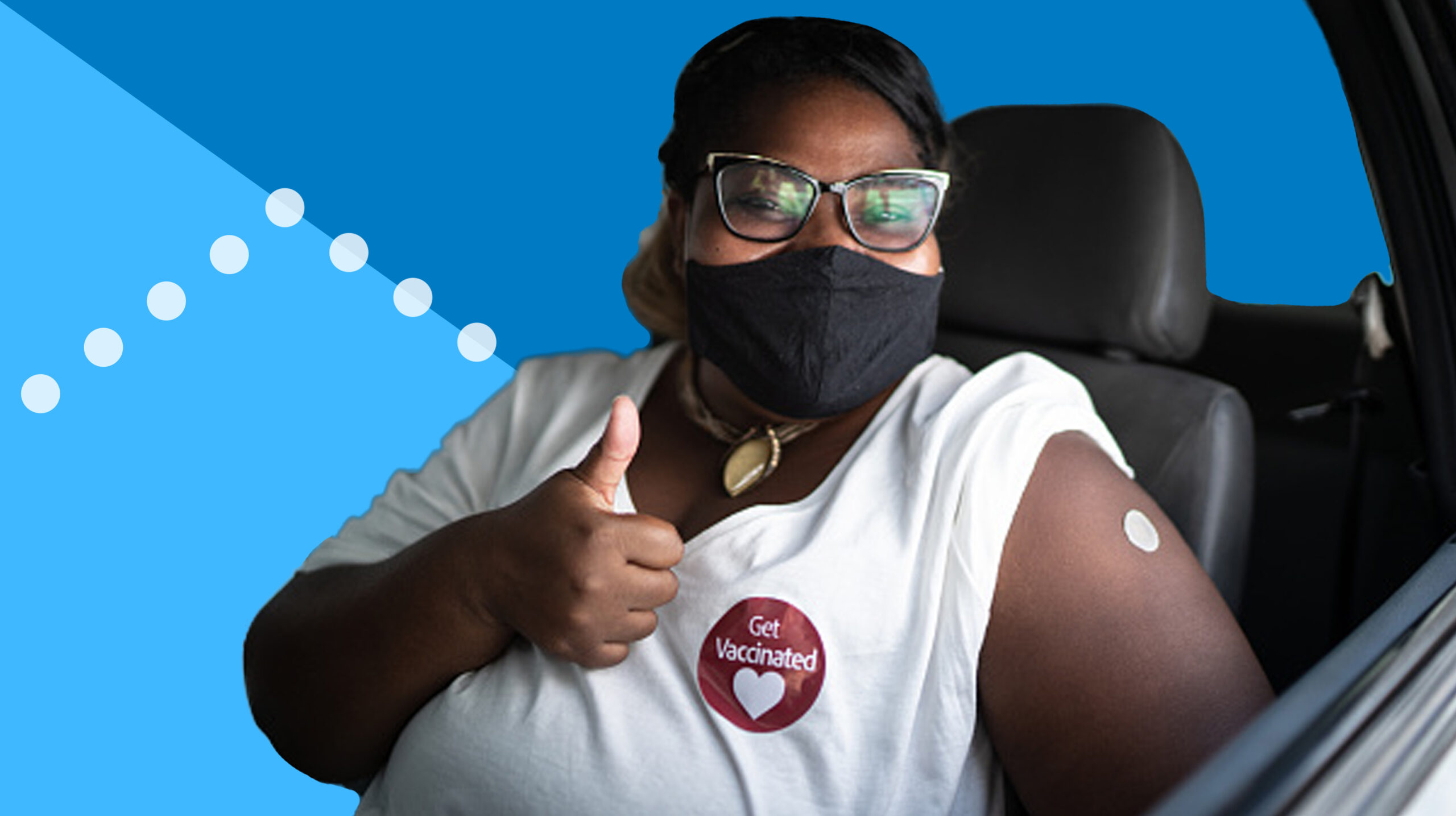The past year has thrown a spotlight on public health at its finest and occasionally at its worst. In the dark night of the pandemic, public health stars have emerged and remarkably they include West Virginia, where nearly half of adults are at elevated risk of serious illness from COVID-19.
West Virginia was dealt a tough hand but has become a leader in COVID-19 vaccination. As of mid-March, 15% of West Virginians were fully vaccinated – one of the highest percentages of any state. And reports indicate that 72% of West Virginians ages 65 and older have received at least one vaccine dose. If the state was a country, its vaccinated population would rank third in the world.
West Virginia’s secret has been an all-in, boots-on-the-ground approach to vaccine outreach and distribution.
Health departments worked with local pharmacies to capitalize on strong community ties. Responding to gaps in internet access, WV set up a reliable telephone line for scheduling vaccine appointments. The state knew that the key to good public health entailed leveraging existing trust and relationships to meet people where they are.
Rebuilding trust in every state is critical to securing a healthy future for all Americans, and it must be done from the ground up. In 2020, a lack of transparency, inconsistent and contradictory messages, and the politicization of public health undermined trust in public health experts and agencies.
Conveying the value of public health has never been easy. In the best of times, public health success means that bad things don’t happen. And whether you’re talking about news media or social discussion, no one wants to listen to a story where in the end, nothing happens.
In the worst of times – and surely the past 12 months qualify as the worst of times – building confidence can be challenging. Yes, there are opportunities to share stories showcasing the extraordinary work of our public health agencies, but when a pandemic rages for months, when political leaders can’t agree on how to protect constituents, and when guidance differs among officials, skepticism grows.
Public health leaders are acutely aware of this challenge. Shortly before becoming our new CDC Director, Dr. Rochelle Walensky wrote in The New York Times, “Restoring the public’s trust in the CDC is crucial.” She’s right, but the solution doesn’t just lie with the CDC, and most Americans who need to hear the message aren’t reading the New York Times op-ed page.
Trust in public health will be rebuilt at the state and local level. The adage, “All politics is local,” applies to public health too. While the CDC is seen as the steward of the nation’s health, the reality is that the majority of the day-to-day work is done by state and local agencies (often with crucial CDC funding). Lives are touched by public health when a person gets a free diabetes screening at the county fair or sees coverage of a hepatitis A outbreak at a local restaurant. Or in the case of West Virginia, when the family pharmacist calls to explain the importance of getting vaccinated against COVID-19.
Refocusing on the local will have the effect of depoliticizing public health discourse to restore trust. A recent focus group study by the de Beaumont Foundation found that Republican voters don’t trust public health messages from politicians – and my guess is a survey of Democratic voters would have found the same. Local politics tends to be less polarized, and state and local health officials and healthcare workers are less likely to be seen as political actors.
So let’s celebrate our state and local public health workers. Brands and media outlets have done a great job highlighting the compassion, expertise, and value of nurses and doctors on the frontlines. As we move into a new phase of the pandemic, media makers can highlight and humanize the individuals in the public health sectors whose work is essential to the COVID response.
And let’s make sure that health officials are equipped with the training and tools that will help them communicate effectively with the communities they serve. Communication is central to their work, and public health leaders at every level should understand the basics of messaging and media interaction.
Making local public health visible can pave the way to a newfound trust between society and its public health guardians. By reducing uncertainty and fostering understanding, we will be better prepared to tackle the health challenges that remain when COVID subsides, and to face the next pandemic when it emerges.


